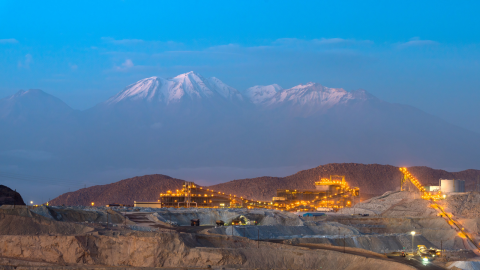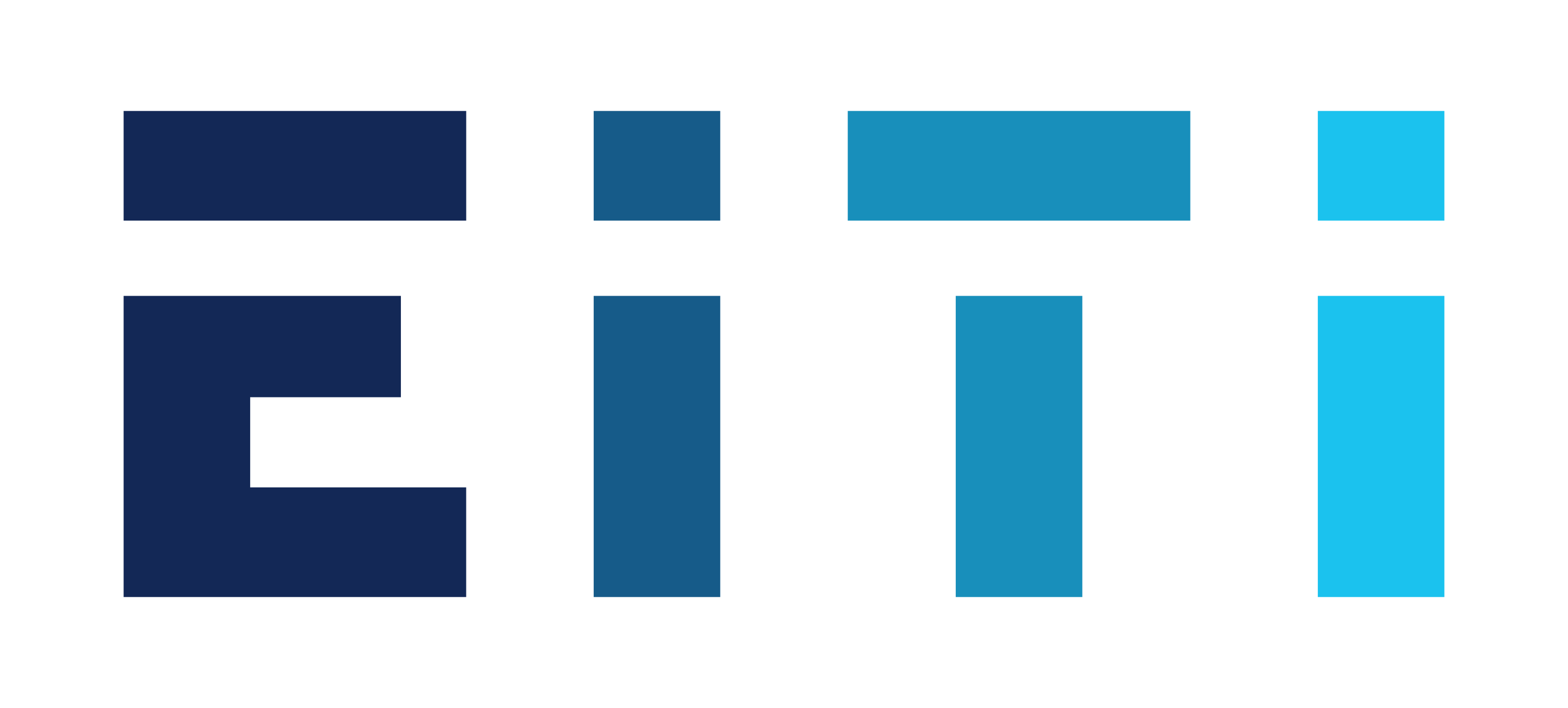
An air of relief could be detected in the halls and corridors of the Sydney conference centre as the EITI’s biannual conference drew to its close last month. The new Standard doesn’t give everyone everything they want, but looks a lot broader and more robust than might have been expected.
By expanding its scope, the EITI has made a plausible bid to regain its old standard-setting role which had been eclipsed by Section 1504 of Dodd Frank and its European equivalent. (And with the frontiers of transparency ever-advancing, oil companies really ought to abandon their legal assault on Section 1504 which increasingly recalls the British legend of King Canute, who sat on his throne at the seashore and vainly commanded the tide not to come in.)
The Standard offers a credible answer, at least for now, to the question which has been looming over the EITI since the independent evaluation of 2011. As I discussed in my recent report as an Open Society Fellow, this question is: what precisely is the EITI meant to achieve, between the narrow goal of publishing reports and the very broad aspirations of the EITI Principles?
The Standard’s answer is a new rule that each Multi-Stakeholder Group (MSG) must relate EITI reporting to wider "national priorities for the extractive industries". In other words, reporting could become a tool for helping to assess how far these priorities are being met in each country and where the obstacles lie. It will take several years before the Standard can be thoroughly assessed. But as a former Board member, I’d like to suggest three risks to beware of in the meantime:
1. This new requirement means that for the first time, MSGs must relate EITI reporting to other issues of governance and policy in their countries. This is a great improvement as it reduces the risk that implementation will take place inside a small bubble. It should also help to shift the EITI away from the idea of Compliance as an end-state, towards a view of reporting as a catalyst for continuous improvements in the governance of natural resources.
But the term “national priorities” is ambiguous and could be interpreted so vaguely, whether by intention or misunderstanding, that the EITI’s contribution to these wider objectives cannot be meaningfully assessed. So the EITI needs to issue a guidance note directing MSGs to draw these objectives from existing national commitments – like the relevant parts of national development strategies, or treaty obligations such as those against corruption - and to set measurable benchmarks which MSGs, Validators and the Board can use to assess the EITI’s wider contribution.
2. The “free-rider problem” has not gone away. To protect against the risk of tokenism and whitewashing, the EITI needs to find a way to distinguish between those countries where its work is feeding into wider reforms and those where it is merely a token process involving a handful of people, some of whom seem to get large handouts just for showing up. The EITI can only be a stimulant for improved governance if it acknowledges those cases where reform isn’t happening.
And there is little point in labouring to bring countries with highly repressive governments within the EITI because without freedoms of public debate and assembly, its reporting can be expected to have little effect. The civil society movement, in particular, may need to make some hard decisions about whether the small protected space which the EITI can provide to a few activists in repressive states is valuable enough to justify the legitimation that the initiative confers on their governments.
3. The biggest problem for the EITI at the moment, however, is the practical complexity of applying the new Standard across numerous countries. MSGs will need time to collate all the new types of data and consult on the national priorities to which the EITI must now be linked. Yet if the Board allows too much time, and if delisting is not a serious prospect for laggards, then EITI 2.0 may end up looking like EITI 1.0 – a few strongly-performing MSGs followed by a long tail of countries where reports are late and of variable reliability. Some variation between countries is inevitable, maybe even necessary. But too small a head and too long a tail would make the EITI look like a peacock - a bird which is loud with its own importance, but more decorative than useful.
It has to be recognised that where governments are reluctant to undertake necessary but painful reforms of natural resource governance, the publication of EITI reports, in itself, may not be enough to persuade them. The only other power that the EITI has is its ability to raise or lower the reputations of governments by judging EITI implementation. This power needs to be used more actively by the Board, as described in my report, in order to maximise the necessarily limited influence that the EITI itself can have on deep and complex questions of governance.
The new Standard could put the EITI back on the front foot, but a lot depends on the energy and rigour with which the new rules are applied. The EITI needs to fit national realities but it also has to be ready to back up national reformers with its international voice, not just settle for being a machine that churns out data in the hope that something may come of it.
O'Sullivan has just completed an Open Society Fellowship on the EITI and was a member of the EITI Board from 2009 to 2012, representing Global Witness and the civil society constituency.
Contenido relacionado





